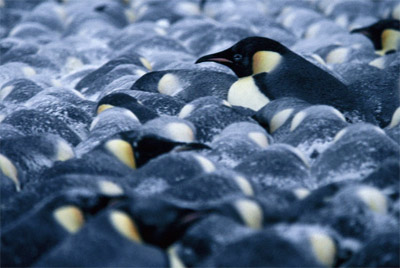We are now accepting nominations for the 2014 EENC Awards. These awards will be presented at the 2014 Annual Conference/Regional SEEA Conference this September at Caraway Camp and Conference Center.
Use this link to reach the nomination form: https://iyha.wufoo.com/
The awards are separated into two categories, those available to the general public, and those available to EENC Members only. The descriptions of the awards are listed below, as well as on the nominations form.
The following awards are open to all organizations and the general public.
Environmental Educator of the Year recognizes an educator who stands out among environmental educators as a professional who exemplifies excellence in environmental education and lends credibility to the field. Through valuable contributions and professionalism, the environmental educator is regarded as an ideal example that other EE practitioners should strive to emulate.
Exceptional Environmental Education Program recognizes a program, education center, organization, partnership or educational system that exemplifies excellence in environmental education. The program reaches far beyond the usual magnitude and degree of scope and scale to create: a sustainable commitment to environmental education, a more environmentally literate public, a stronger profession for environmental educators, and otherwise supporting EENC’s mission and objectives.
Outstanding Partner recognizes a business, non-profit, or governmental agency that have partnered with EENC to support the mission and growth of EENC. This organization has made significant contributions to EENC by providing in-kind contributions; donations of employees’ time, talent, and materials; monetary support to the EENC Board or Board Training; or by providing significant funding or services to EENC’s annual conference. This partnership enables EENC to experience a growth in professionalism and/or membership, which may not have been possible without this contribution.
Membership in EENC is required for the following awards.
Outstanding Newcomer recognizes an Environmental Educators of North Carolina member of five years or less who has made significant contributions to EENC during his or her short time with EENC.
Outstanding Practitioner recognizes a member of the Environmental Educators of North Carolina who works regularly as an environmental educator, lending their skills to the growing body of environmental education as a profession. The individual will have made significant contributions to the Environmental Educators of North Carolina through statewide participation, leadership in their region, and being an advocate for high quality education through how they teach, live, and do.
Outstanding Service recognizes an active member who has served in several key leadership roles making a significant contribution to further the mission of EENC. This individual has given many hours of dedicated service to help shape EENC into a viable statewide professional organization.
Melva Fager Okun Life Achievement recognizes member who has served EENC in key leadership roles for over three years on the Board of Directors. This individual has made very significant contributions in furthering EENC’s mission to serve as a leader in building a statewide network of EE practitioners, providing excellent professional development, strengthening EE throughout North Carolina, and serving as an active state affiliate to the North American Association for Environmental Education.

Please reply to this email if you have any questions.
Thank you so much for your support of EENC!"
(from Michelle Pearce)
























